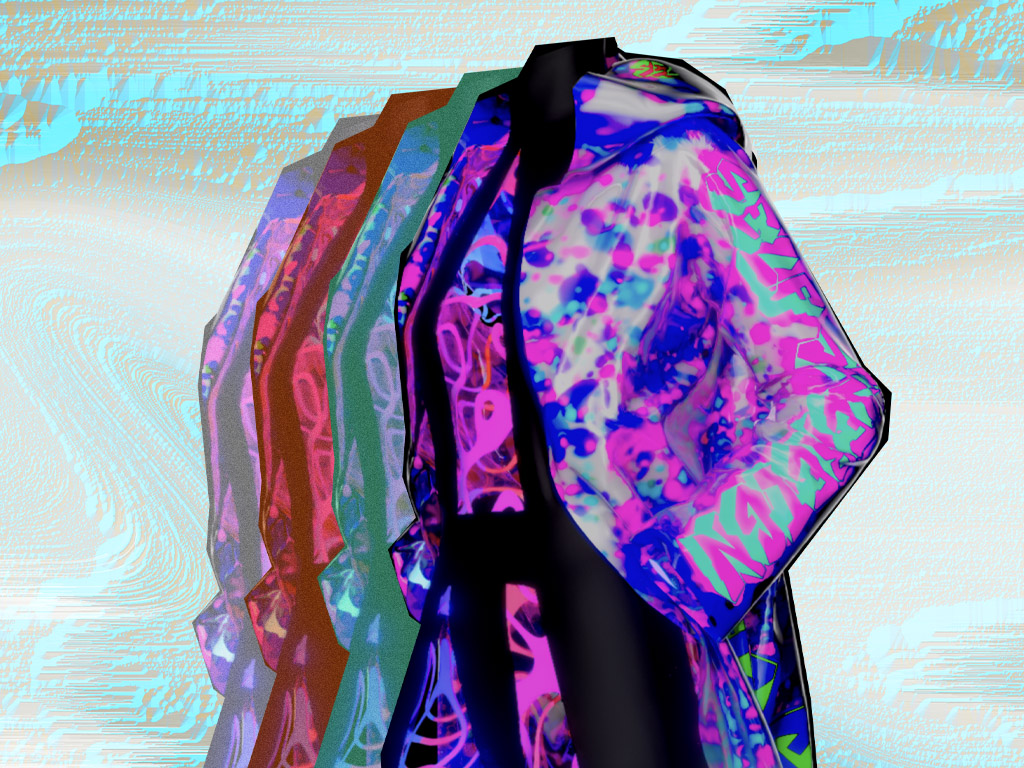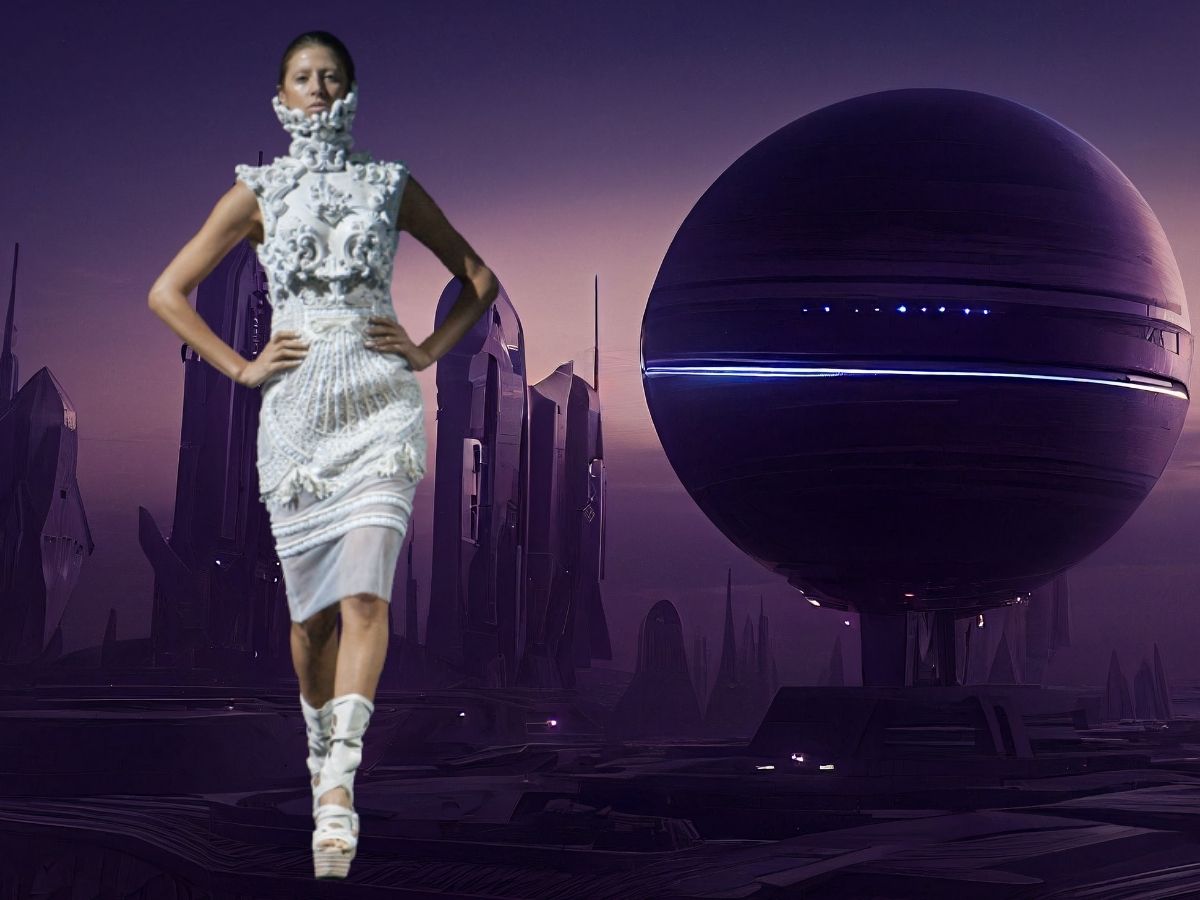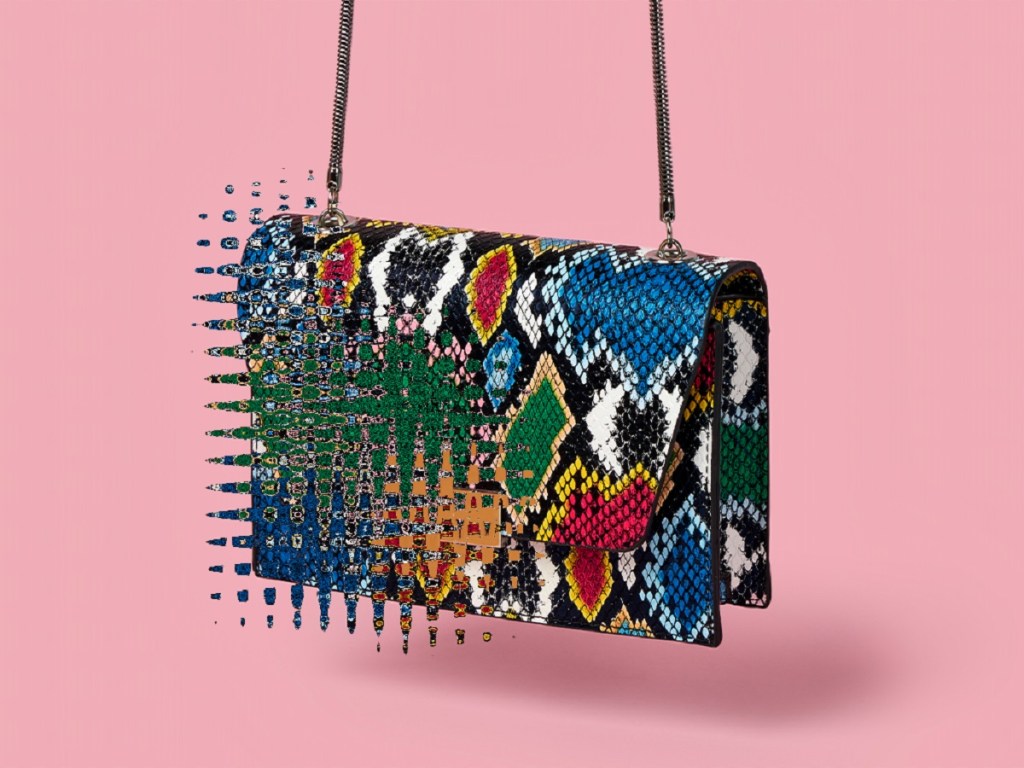In the metaverse, digital fashion and other wearables are now a thing. As people spend more time meeting and socialising online, there’s a growing interest in appearance in the immersive world.
A 2022 Metaverse Fashion Trends report shows that Gen Zs say dressing their online avatars allows them to express their individuality (47%) and feel good about themselves (43%). Other reasons are showing off their digital collection (35%), feeling more connected to peers in the digital (32%) and the physical world (25%) as well as being a recognised member of the digital society (24%).
Half of the 1,000 respondents say they change their avatars’ clothing at least every week. These statistics show how fashion is gradually converging with technology in both physical and virtual spaces.
One thing is certain: These figures are bound to increase as 10% of public events like sports and performing arts will, according to Gartner, offer participation in the metaverse.
The big question is: What’s the future of fashion in the metaverse and how can fashion brands tap into this new digital fashion market?
This is where companies like LORR (who claim they power “the bespoke metaverse”) are aiming to take the lead. LORR are partnering with small and medium fashion brands, providing hyper-realistic, virtual real estate and store ownership while offering a strategic plan to go from Web2 to Web3.
Nova Lorraine, CEO at LORR, told The Chainsaw that the company offers a seamless opportunity for entering and growing in Web3 for brands. This includes guidance and approachable pricing, as well as design services.
Self-expression through digital fashion
The COVID-19 lockdown, social distancing laws, and consumers’ demand for self-expression resulted in many fashion brands finding other ways to showcase their products before selling them.
They are setting trends by hosting fashion shows in the metaverse, online shopping, selling fashion items straight off the runway, and even launching seasonal collections in virtual worlds.
For instance, while established names often dominate New York Fashion Week and set the season’s trends, this year’s event embraced new players who showcased not only physical designs but also digital wearables.
At NYFW’s Nolcha Shows, blockchain gaming ecosystem Chain Guardians displayed their “phygital” (physical and digital) designs.
Also, the first-ever Metaverse Fashion Week on metaverse platform Decentraland was held in March, with the participation of Tommy Hilfiger, Dolce & Gabbana, Forever 21, Paco Rabanne, and several other designers.
Fashion revolution
For James Kawas, co-founder and CEO at Flyp — the San Francisco-based resale automation company — the metaverse will revolutionise fashion in two ways: Through virtual reality (VR) and augmented reality (AR); and through non-fungible tokens (NFTs) and digital assets.
Through VR/AR, people will try items online rather than just browse items worn by pretty models on the internet. Kawas notes that this will have two huge impacts on the fashion industry:
- It will increase the purchase conversion rate and reduce the return rate. Conversion goes up because it’s proven that whenever a customer visualises and experiences an item on their body, they tend to associate with it and want to buy it more. On the other hand, returns will decrease because people will have better visuals of how items actually fit them.
- The second way it revolutionises fashion is through digital ownership, allowing users to take their purchases to the next level, not only by organising them visually, but by flexing them with friends, and facilitating the reselling and swapping of such items.
The desire for self-expression is only possible through the intangibility aspect of digital fashion. It makes it easier for users to experiment and create lavish wardrobes grander than what’s obtainable in the real world.

From clothing for metaverse avatars, as NFTs or 3D renders to AR filters that allow users to try on items, creativity is endless in the digital wearable industry.
According to Prasanna Hari, LORR’s founder, this is exactly what LORR hopes to foster in the digital fashion world — helping small to mid-sized fashion retailers and brands, specifically luxury and bespoke, get into metaverse retail through proper guidance, affordable pricing, and design services.
Web3 access for business
“As the metaverse gains adoption, more individuals and companies will seek the opportunity to own land, fashion, and other assets within virtual environments. LORR delivers land and storefront ownership with ownership certificates in the form of NFTs on the blockchain,” says Lorraine.
However, getting into Web3 for many people seems impossible because of its complexity and lack of infrastructure to aid entry. Here is where LORR comes in — bridging the gap and making Web3 accessible for businesses looking to tap into the metaverse’s burgeoning economic opportunities.
According to investment banking firm Morgan Stanley, metaverse gaming and NFTs are forecast to constitute 10 percent of the luxury goods market by 2030 — a €50 billion revenue opportunity.
Also, nearly 3 in 4 of those classified as Gen Z say they will spend money on digital fashion, with over 1 in 4 having spent from $20 to $100 or more on a single virtual item.
Digital fashion storefronts
LORR connects this new market in Web3 to fashion retailers and their existing Web2 storefronts. Unlike other brands jumping head-first into the metaverse, Hari preaches a slow-paced growth that’s nurtured from Web2 to 2.1 to 2.3 — and not a “hyperleap to Web3.”
The stores on the LORR platform have the option to upgrade their features gradually. For instance, if they feel their customers are ready to transact with NFTs, then they upgrade.
Moreover, many current virtual spaces in other metaverse platforms are expensive and not everyone has a huge budget like Nike, Adidas, and Gucci to launch brand experiences in the metaverse.
To democratise the metaverse, LORR is all about giving retailers the opportunity to add a metaverse environment to their omnichannel strategy.
To achieve this goal, LORR uses its “real-time 3D creation tool Unreal Engine 5” to build a one-of-a-kind hyper-realistic metaverse that will help fashion brands share their story in a more immersive and captivating way.
Using digital asset management tools, LORR allows retailers to design and personalise their own virtual stores by creating and rendering 3D assets. These technologies can be applied to showcasing consumer goods, digital twins of physical real estate properties, health-tech services, and many more.

What the future may hold for digital fashion
Ben Barry PhD., is the Dean of the School of Fashion at The New School’s Parsons School of Design. He says future designers need to create in 3D and push the boundaries of creativity with metaverse-only garments, accessories and collections.
“We look forward to a future where the latest technology and creators’ innovation make the creative profession of fashion design accessible to all as we prepare the next generation for their careers.”
Hari believes “the metaverse of the future will be a new interconnected web of physical and hyper-realistic virtual experiences — where digital asset ownership is the norm not the rarity.” He says avatars’ visual expression and sophistication are more important than social media reels, adding that meet-ups in virtual environments and events would soon overshadow traditional Zooms.
Digital versions of physical products
Kawas told The Chainsaw that the single most important area any brand can explore is attaching a digital version of every item to customer purchases. “These can be NFTs which act like a rewards card, with the additional value for customers to display these items, share them or resell them,” he say. “Most early innovation will come from the phygital revolution, and that’s the most exciting early area to explore.”
Many of the current ideas in the digital fashion space are still in their early stages and have yet to be fully developed. This makes the field of digital fashion an experimental one, where new ideas are being tested and tried. It’s worth paying attention to the results of these experiments, even though not all of them will necessarily stick around.
While some argue that the tangibility of physical clothing makes it more important than digital fashion, fashion in the metaverse isn’t going away anytime soon. For fashion in the metaverse, users — especially Gen-Zers — will get more and more empowered with the freedom to be whatever they want to be.





